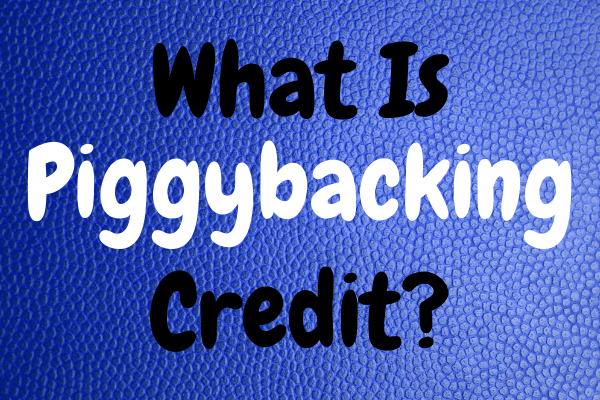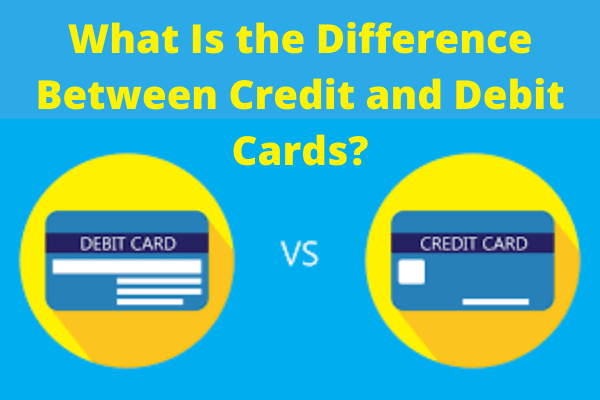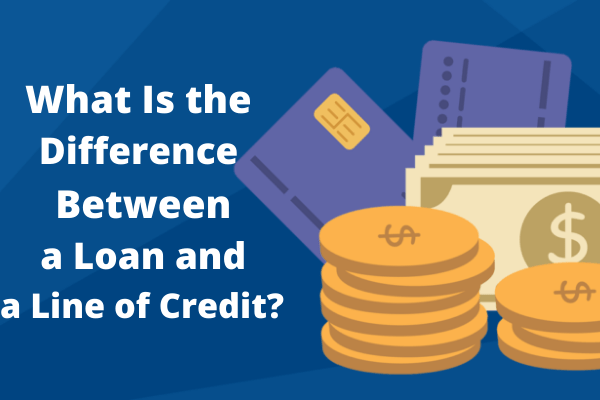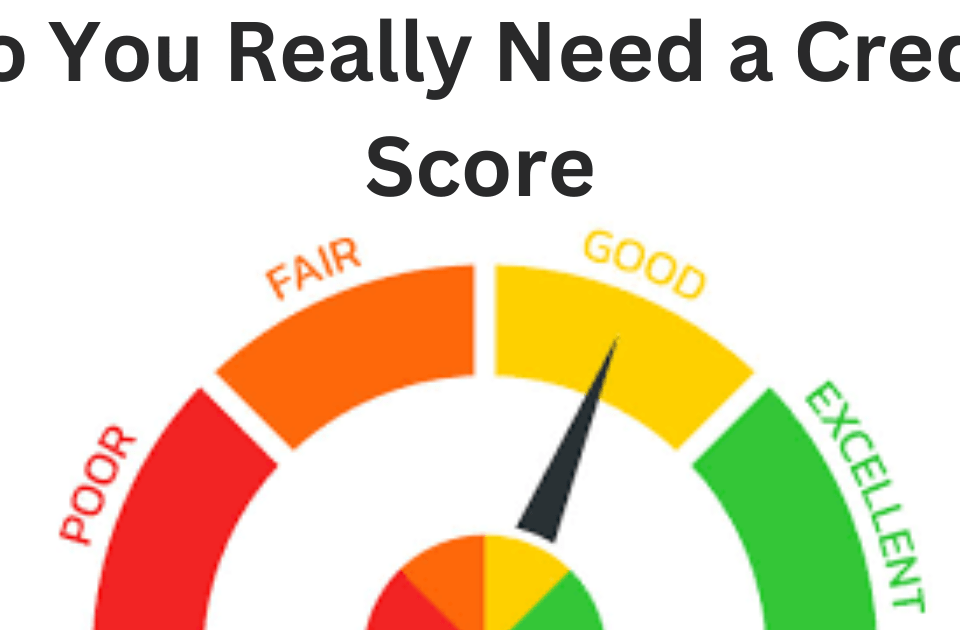What Is the Difference Between a Loan and a Line of Credit?

What Is Piggybacking Credit?
March 13, 2021
What Is the Difference Between Credit and Debit Cards?
March 13, 2021What Is the Difference Between a Loan and a Line of Credit?
Difference Between a Loan and a Line of Credit
Lines of credit and loans both allow businesses and consumers to borrow cash to pay for expenses or purchases. Common examples of lines of credit and loans include credit cards, mortgage loans, auto loans, and home equity lines of credit. The key difference between a line of credit and a loan is the manner that you get the money as well as what and how you repay. Loans are lump sums of money that you pay back over a fixed term while lines of credit are revolving accounts that allow the borrower to draw, pay back, and redraw from the available funds.
What are Loans?
Whenever you speak of loans, you are usually referring to installment loans. Every time an installment loan is taken out, the lender gives you a lump sum of money you need to pay back in regular payments with interest over a certain period of time. Most loans today are amortized and this means that every payment is going to be the same amount.
Most people take out some sort of loan during their lifetime. In general, people apply for loans to pay for or buy something that they can’t pay for outright otherwise, such as a car or a house. The most common forms of loans that you can often encounter today include student loans, small business loans, personal loans, auto loans, and mortgages.
What are Lines of Credit?
Lines of credit are revolving accounts that allow borrowers to spend and draw money up to a set limit, pay back this money often with interest then spend it all over again. A credit card is the most common example of a line of credit but there are also other types of credit lines including business lines of credit and home equity lines of credit.
Credit cards are somewhat unique because whenever your balance is paid in full monthly, there is no need for you to pay interest on the charges. There are other credit lines that charge interest whenever you draw from them.
There are also open-ended credit lines that mean that the lines don’t close after a specific period of time similar to an installment loan. There are also others that let you draw money for a specific number of years or months before closing the line and you need to pay back. More often than not, you have to pay the minimum amount every month to prevent penalties or additional fees.
Line of Credit vs. Loan
Loans are generally a better option for one-time large purchases or investments. It can be for buying a new car or house or paying for college education. On the other hand, lines of credit are the better choice for unexpected, small, or ongoing expenses or to balance cash flow and income. For example, small business owners can use a credit card for paying for materials and office supplies monthly. Homeowners can apply for home equity lines of credit for paying for ongoing renovation costs when they are not sure of the total cost of the project.




